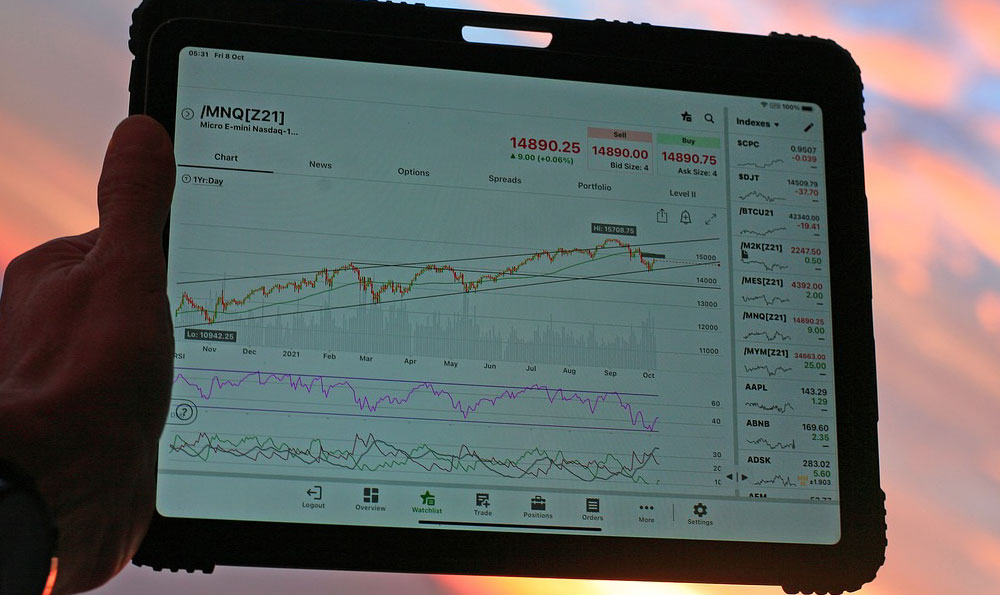Nike, a globally recognized sportswear giant, generates substantial revenue annually, a figure that fluctuates depending on various economic factors, market trends, and the company's strategic decisions. Dissecting Nike's annual revenue requires a multifaceted approach, considering not just the headline number but also the underlying drivers of its performance and potential future trajectories.
To understand the magnitude of Nike's financial performance, it's crucial to examine their financial reports. These reports, typically released quarterly and annually, provide a detailed breakdown of revenue streams, categorized by product type (footwear, apparel, equipment), geographic region (North America, Europe, Greater China, Asia Pacific & Latin America), and distribution channel (wholesale, direct-to-consumer, licensing). Analyzing these segmented revenues allows for a deeper understanding of where Nike's strength lies and where opportunities for growth exist.
In recent years, Nike's annual revenue has consistently exceeded $40 billion. However, a precise figure requires consulting the most recently published annual report, which can be found on Nike's investor relations website. This report will provide the official and audited revenue figure for the fiscal year, which typically ends in May. Understanding the reporting period is important when comparing Nike's revenue to other companies or previous years.

Several factors contribute significantly to Nike's impressive yearly revenue. Foremost is the brand's unparalleled brand recognition and global reach. Nike's iconic swoosh logo and association with legendary athletes have cultivated a powerful brand image that resonates with consumers worldwide. This brand equity allows Nike to command premium prices and maintain a loyal customer base.
Innovation is another key driver of Nike's revenue. The company consistently invests heavily in research and development, leading to groundbreaking technologies in footwear and apparel. Examples include Nike Air cushioning, Flyknit construction, and Adapt self-lacing technology. These innovations not only enhance product performance but also generate excitement and demand among consumers. The constant push for improved materials, designs, and functionalities contributes directly to sales.
Nike's direct-to-consumer (DTC) strategy has also played a crucial role in boosting revenue and profitability. By investing in their own retail stores, online platform, and mobile apps, Nike is able to bypass traditional retailers and connect directly with consumers. This allows them to control the brand experience, gather valuable customer data, and capture a larger share of the profit margin. The shift towards DTC has been particularly significant in recent years, with digital sales experiencing substantial growth.
Geographic diversification is another important aspect of Nike's revenue generation. While North America remains a key market, Nike has expanded its presence significantly in other regions, particularly Greater China and Europe. These regions offer vast opportunities for growth due to their large populations and increasing consumer spending. Adapting products and marketing strategies to local preferences is crucial for success in these diverse markets.
Moreover, collaborations with influential designers, artists, and celebrities have proven to be highly effective in generating hype and driving sales. These collaborations often result in limited-edition products that are highly sought after by collectors and fashion enthusiasts. The exclusivity and desirability of these collaborations can significantly boost revenue, even for a short period.
Beyond these internal factors, external economic conditions also influence Nike's annual revenue. Economic downturns, trade wars, and currency fluctuations can all have a negative impact on sales. Changes in consumer preferences, such as the growing demand for sustainable products, also require Nike to adapt its strategies. Global events, like the COVID-19 pandemic, have presented both challenges and opportunities for the company, impacting supply chains and consumer spending patterns.
To gain a comprehensive understanding of Nike's annual revenue, it's essential to analyze the trends over several years. This historical perspective reveals patterns of growth, identifies potential challenges, and provides insights into the effectiveness of Nike's strategies. Examining the company's performance during periods of economic expansion and recession can offer valuable lessons for future decision-making.
Furthermore, competitor analysis is crucial. Understanding the revenue performance of rival companies like Adidas, Puma, and Under Armour provides a benchmark against which to assess Nike's success. Comparing market share, growth rates, and profitability metrics can help determine Nike's relative position in the sportswear industry.
In conclusion, Nike's annual revenue is a complex figure influenced by a multitude of factors, including brand strength, innovation, DTC strategy, geographic diversification, collaborations, and external economic conditions. Obtaining the precise revenue figure requires consulting the company's official annual reports. A thorough analysis of these reports, combined with an understanding of the underlying drivers and competitive landscape, provides a comprehensive picture of Nike's financial performance and its potential for future growth. Investors and industry analysts closely monitor Nike's revenue to assess the company's overall health and make informed decisions. Remember to always refer to official financial statements for the most accurate and up-to-date information.












